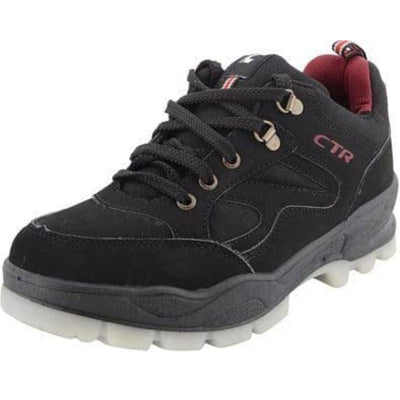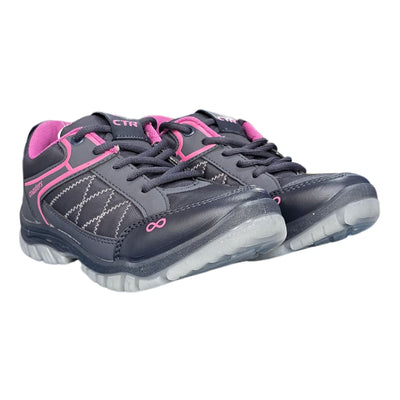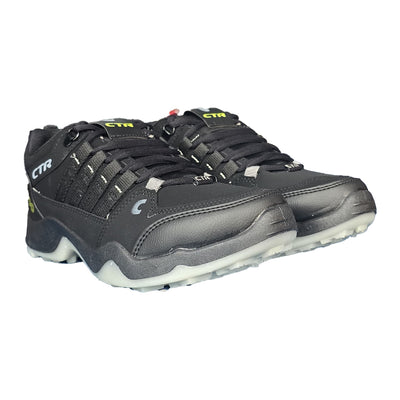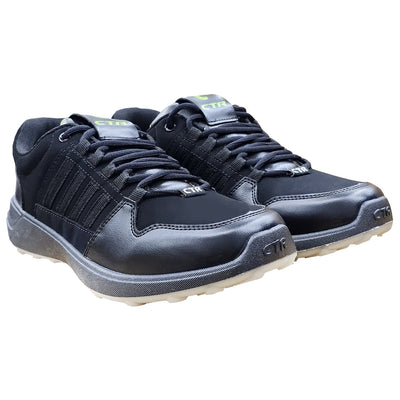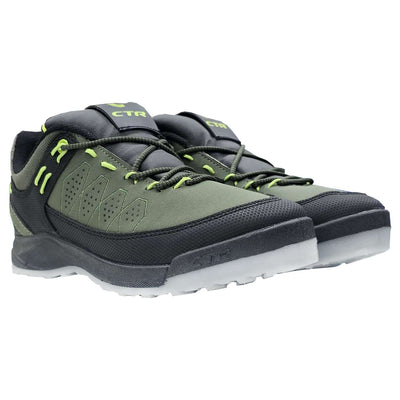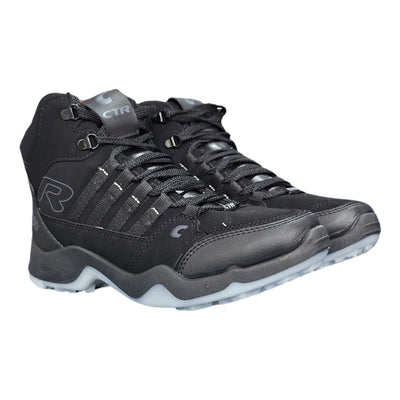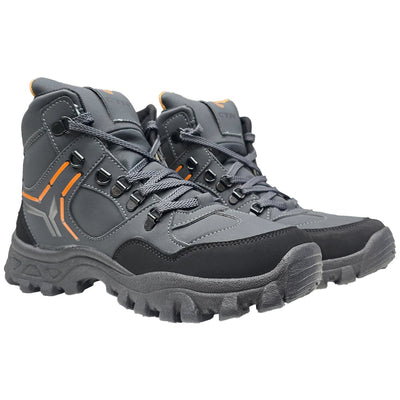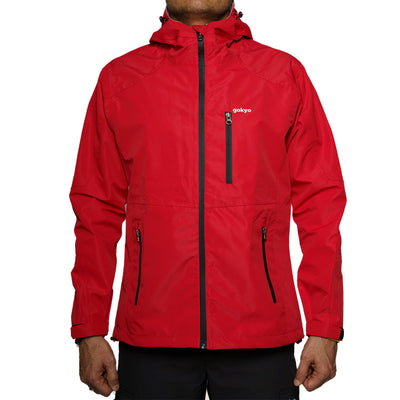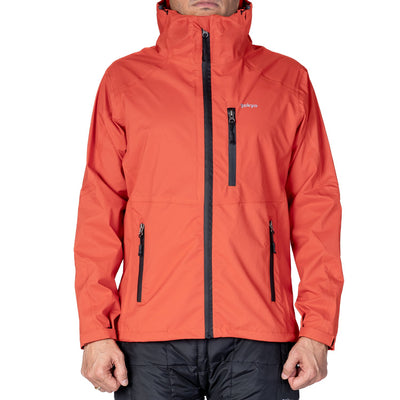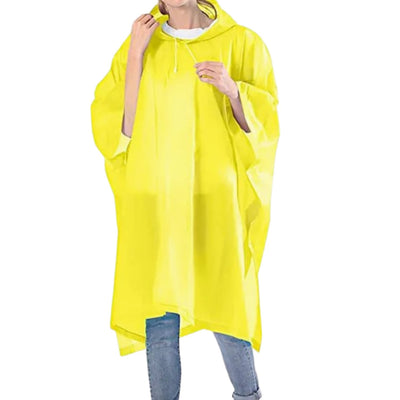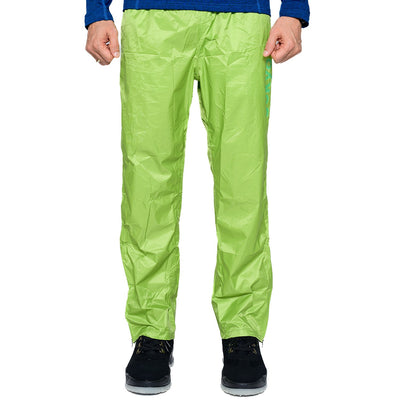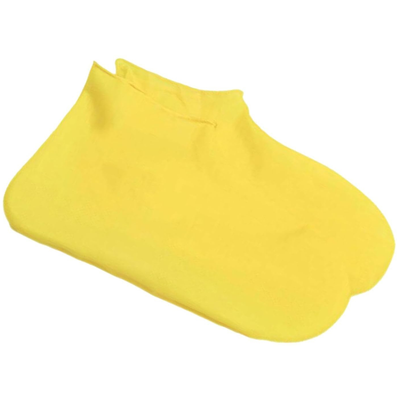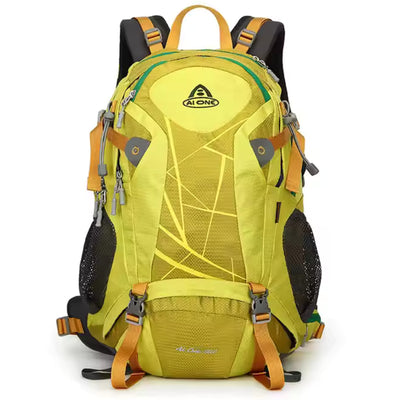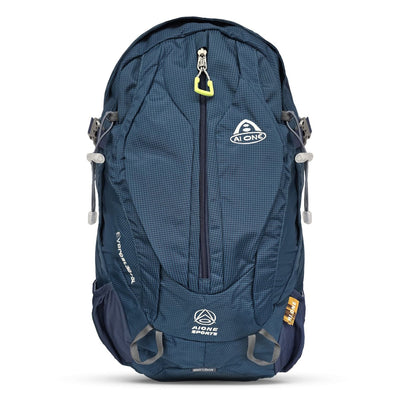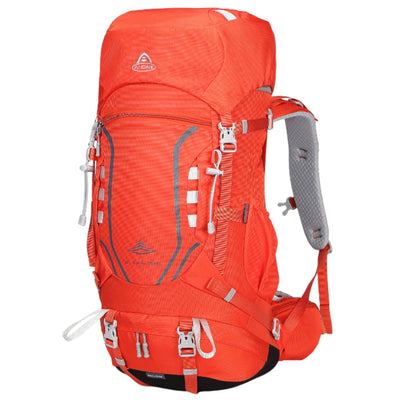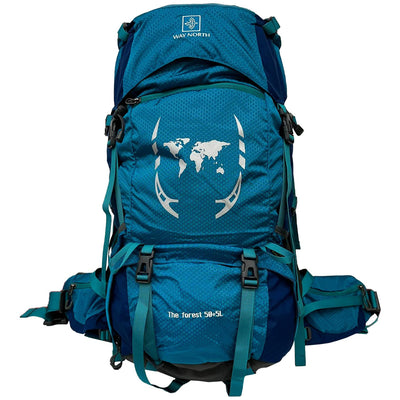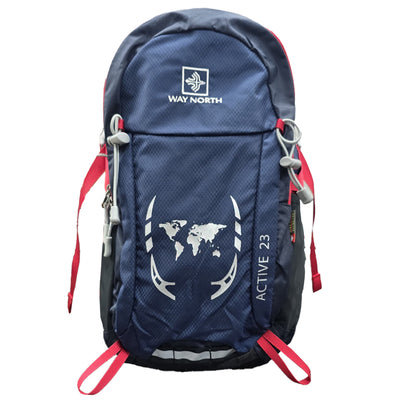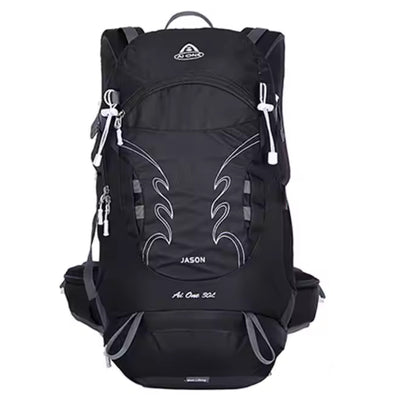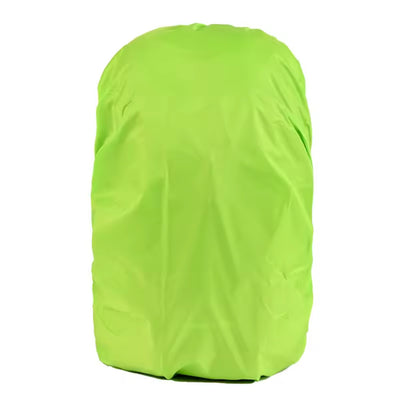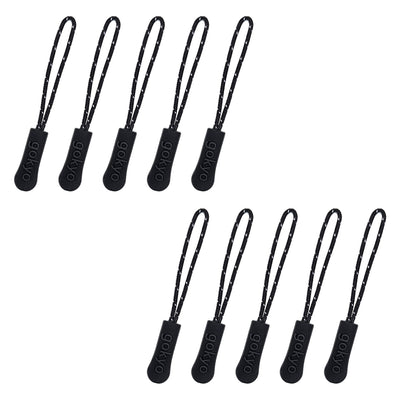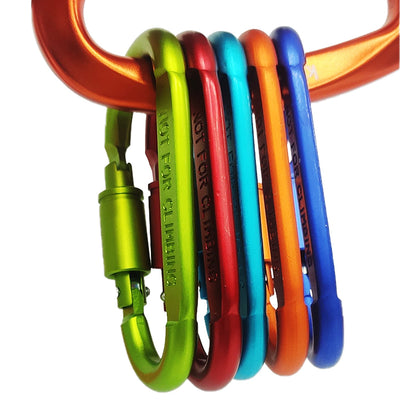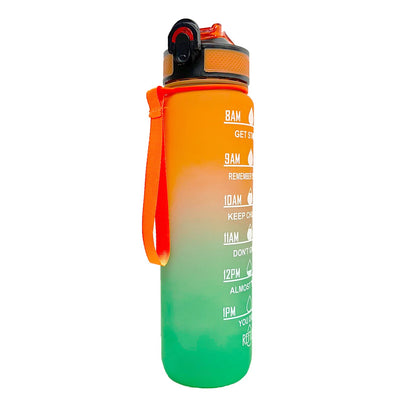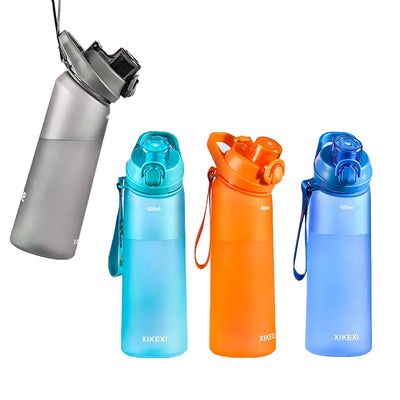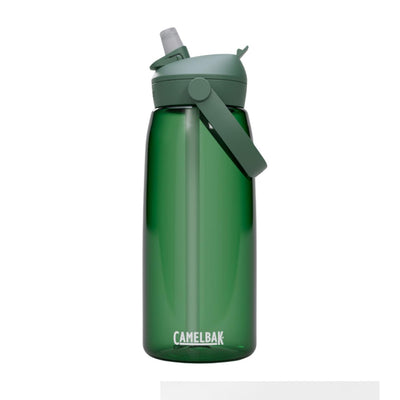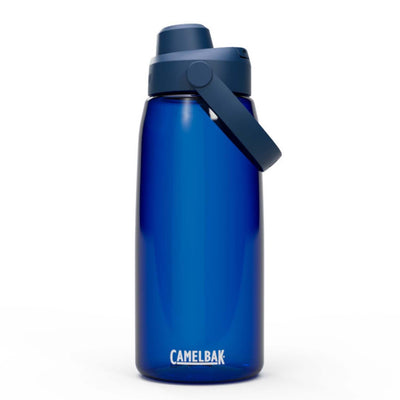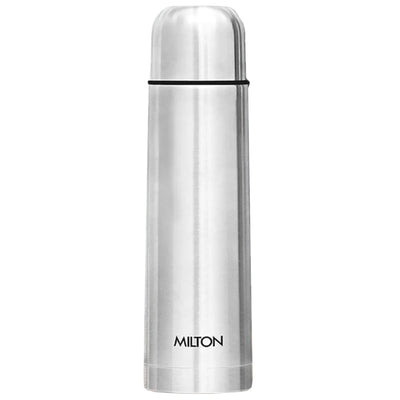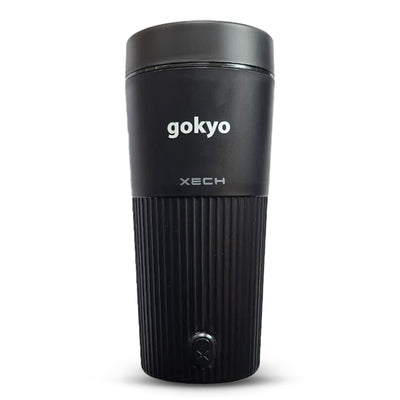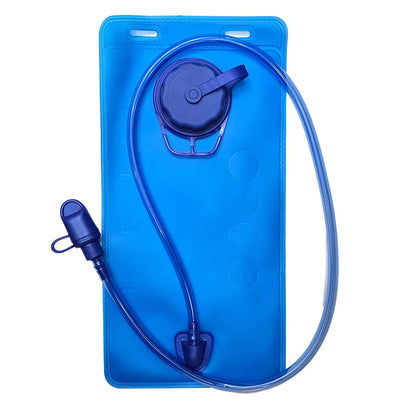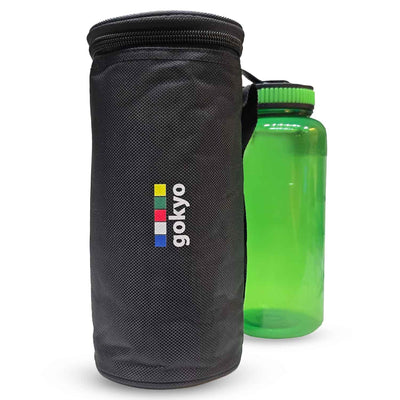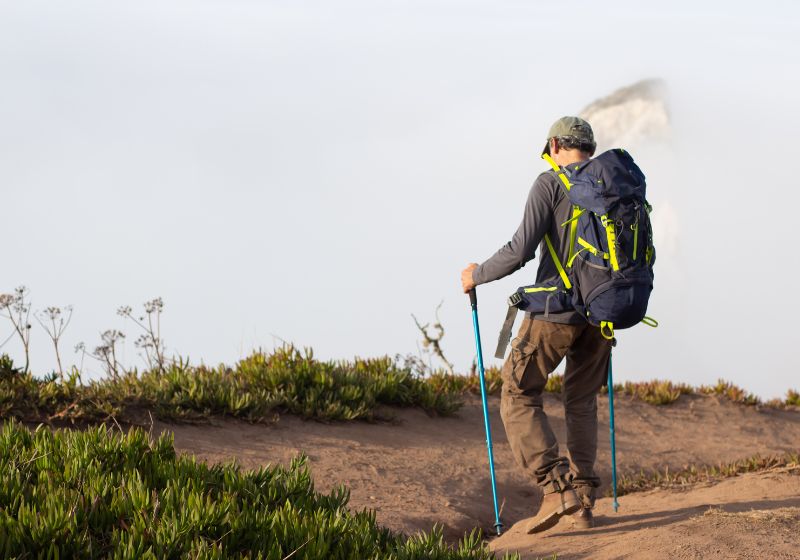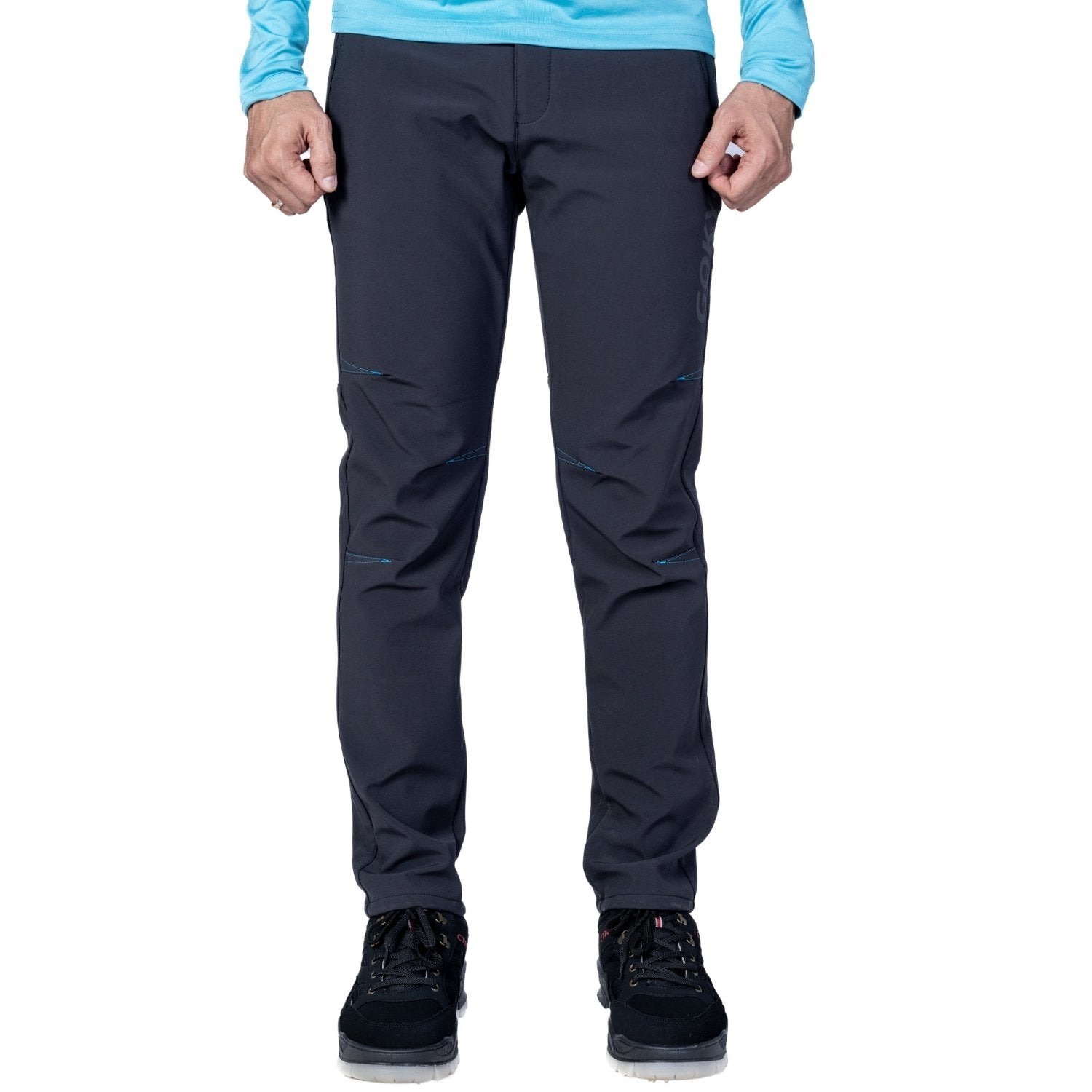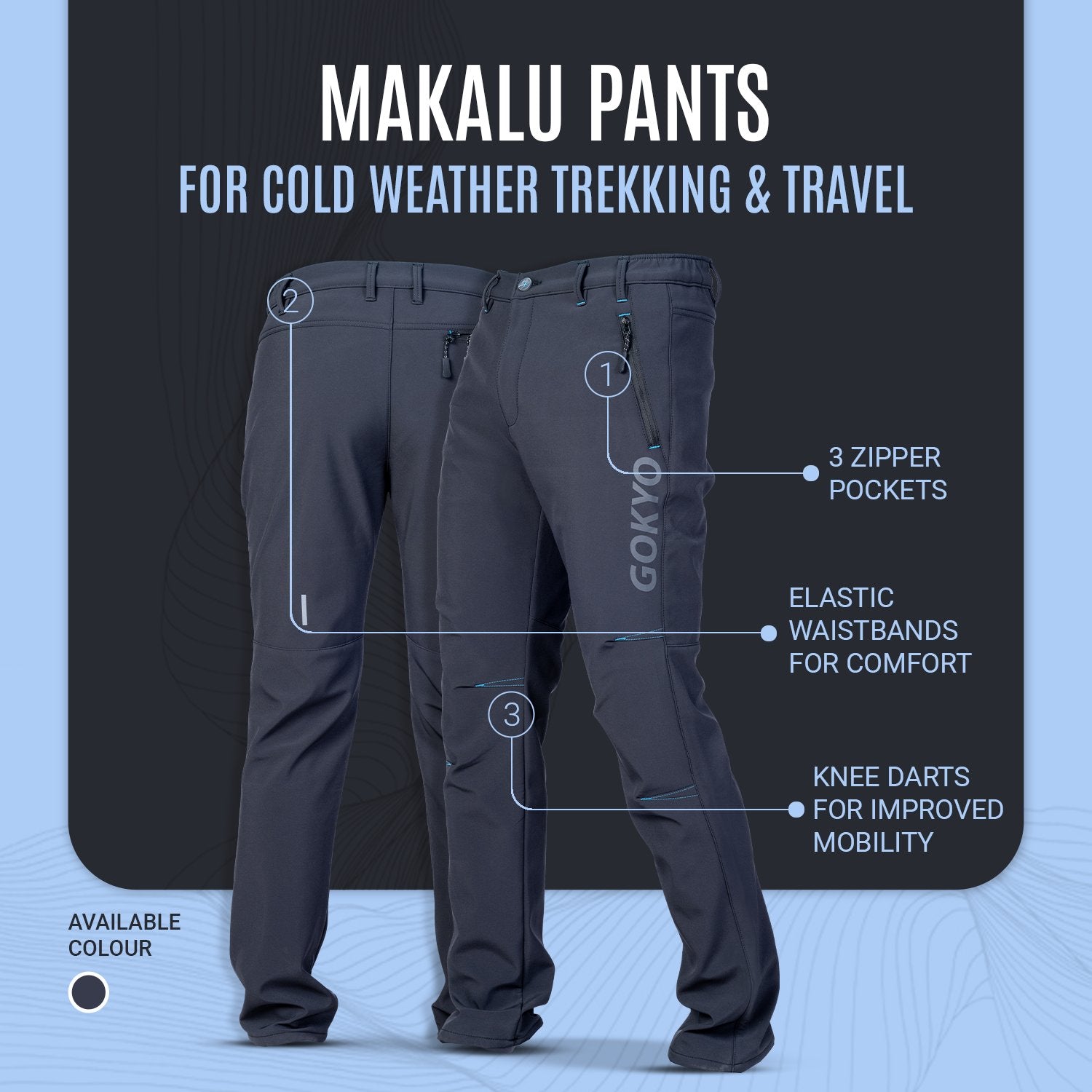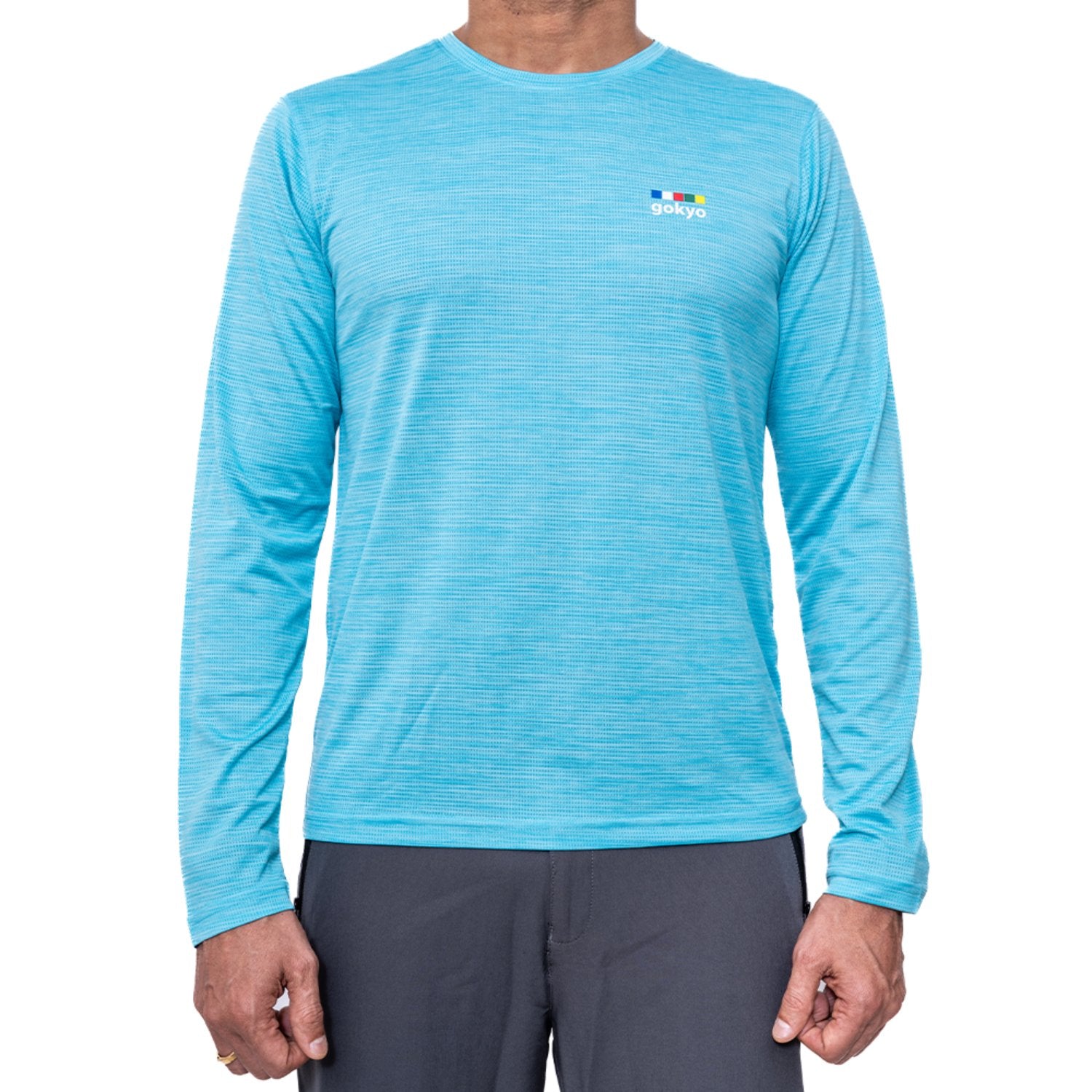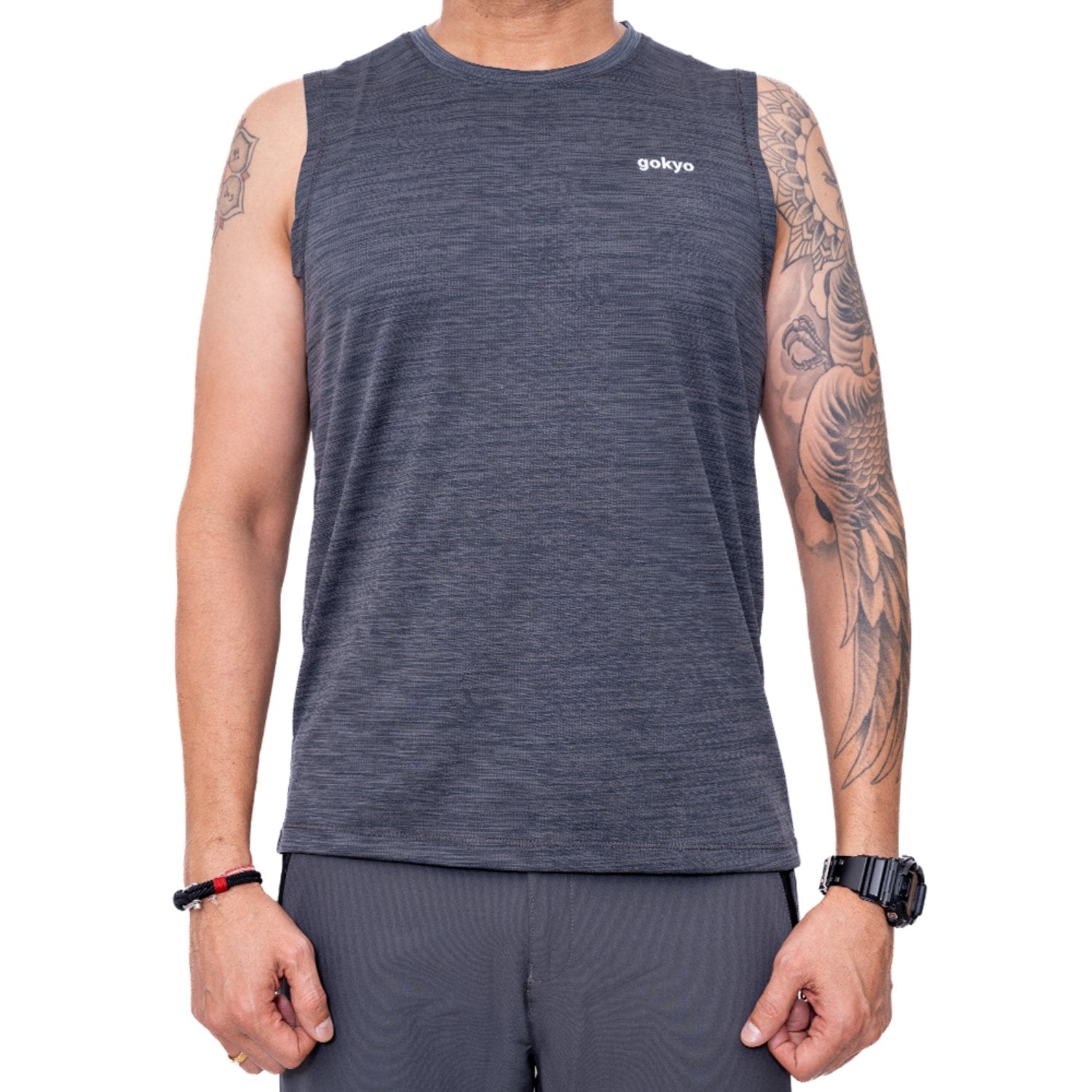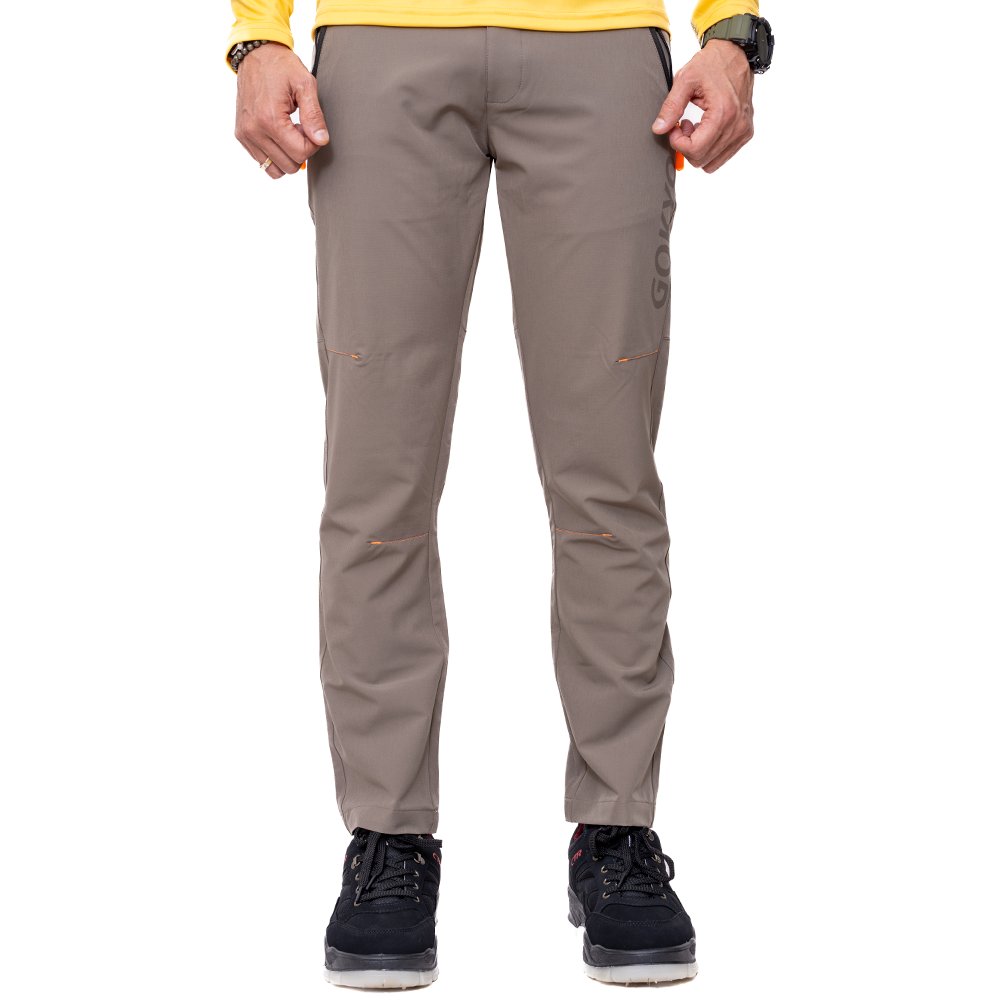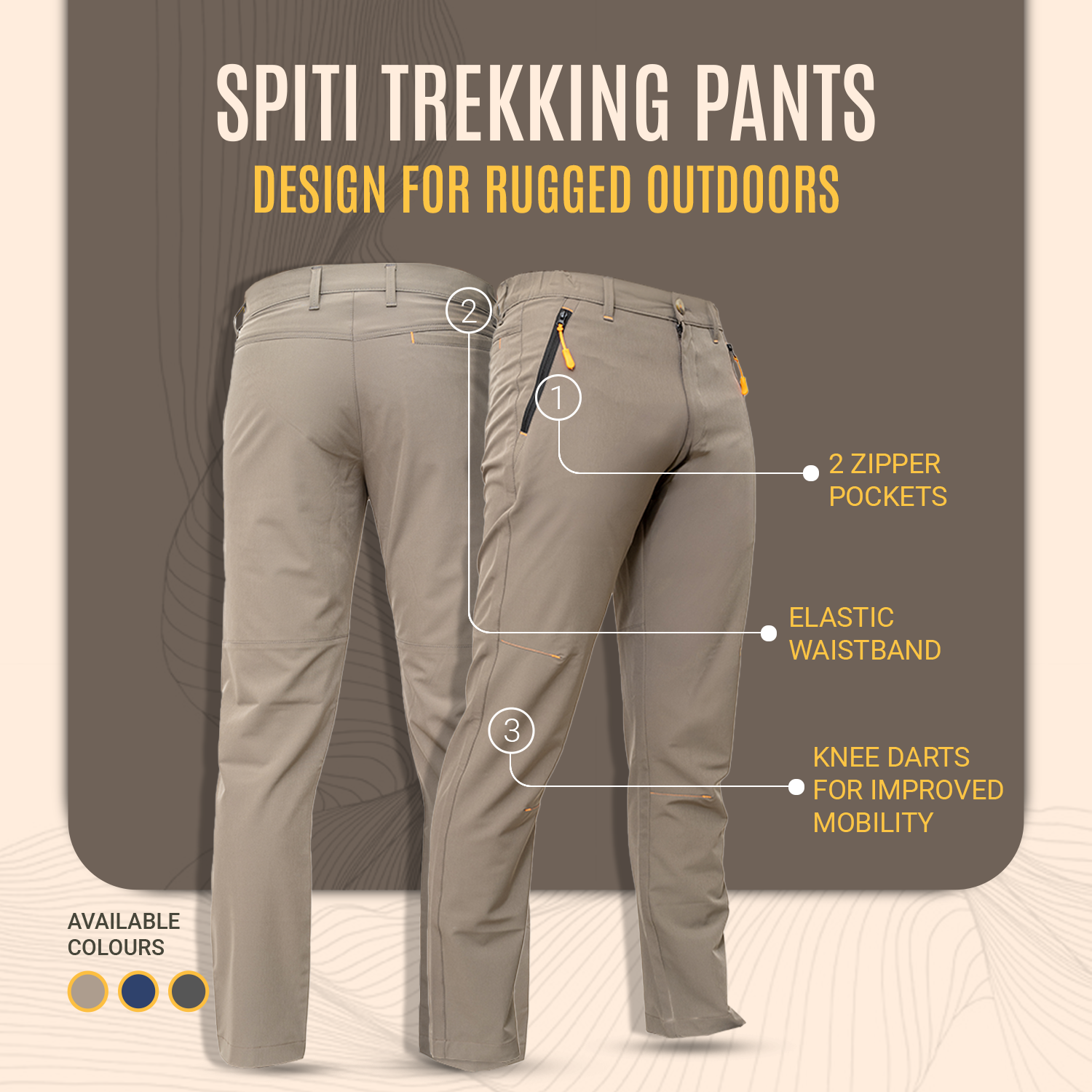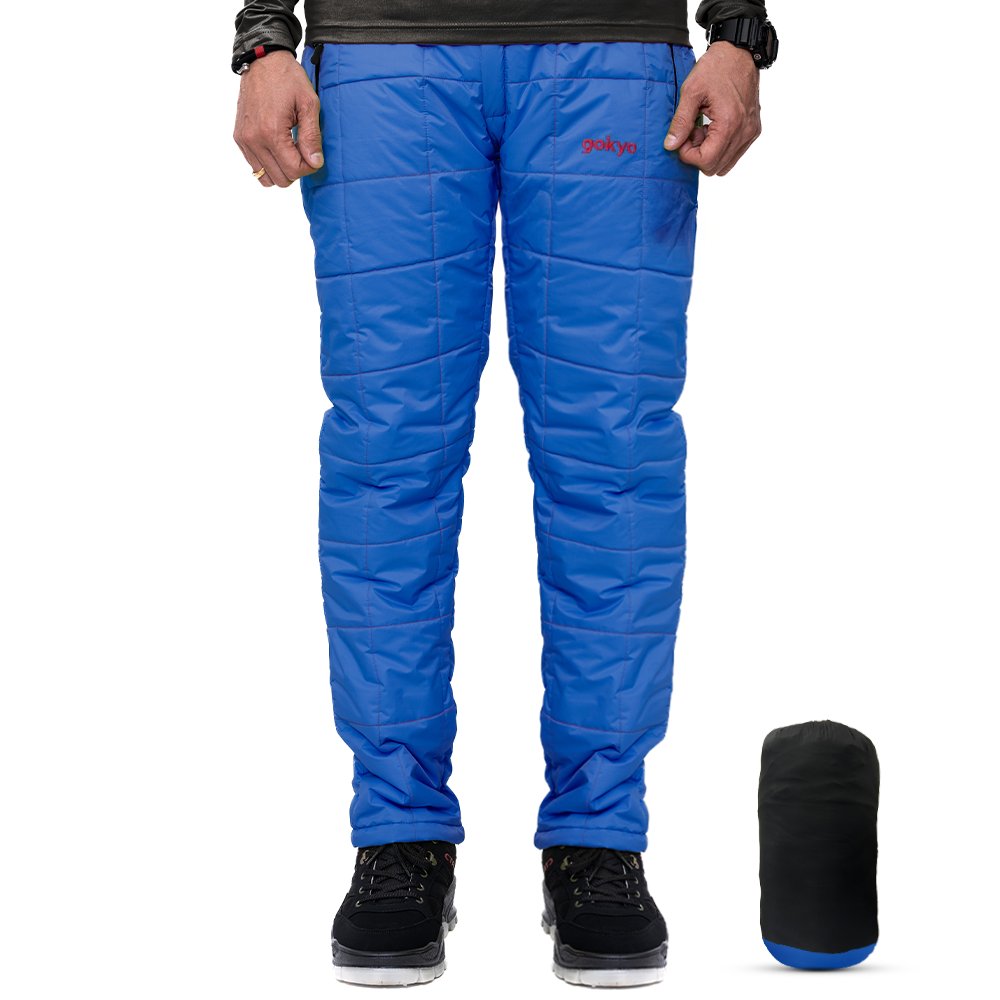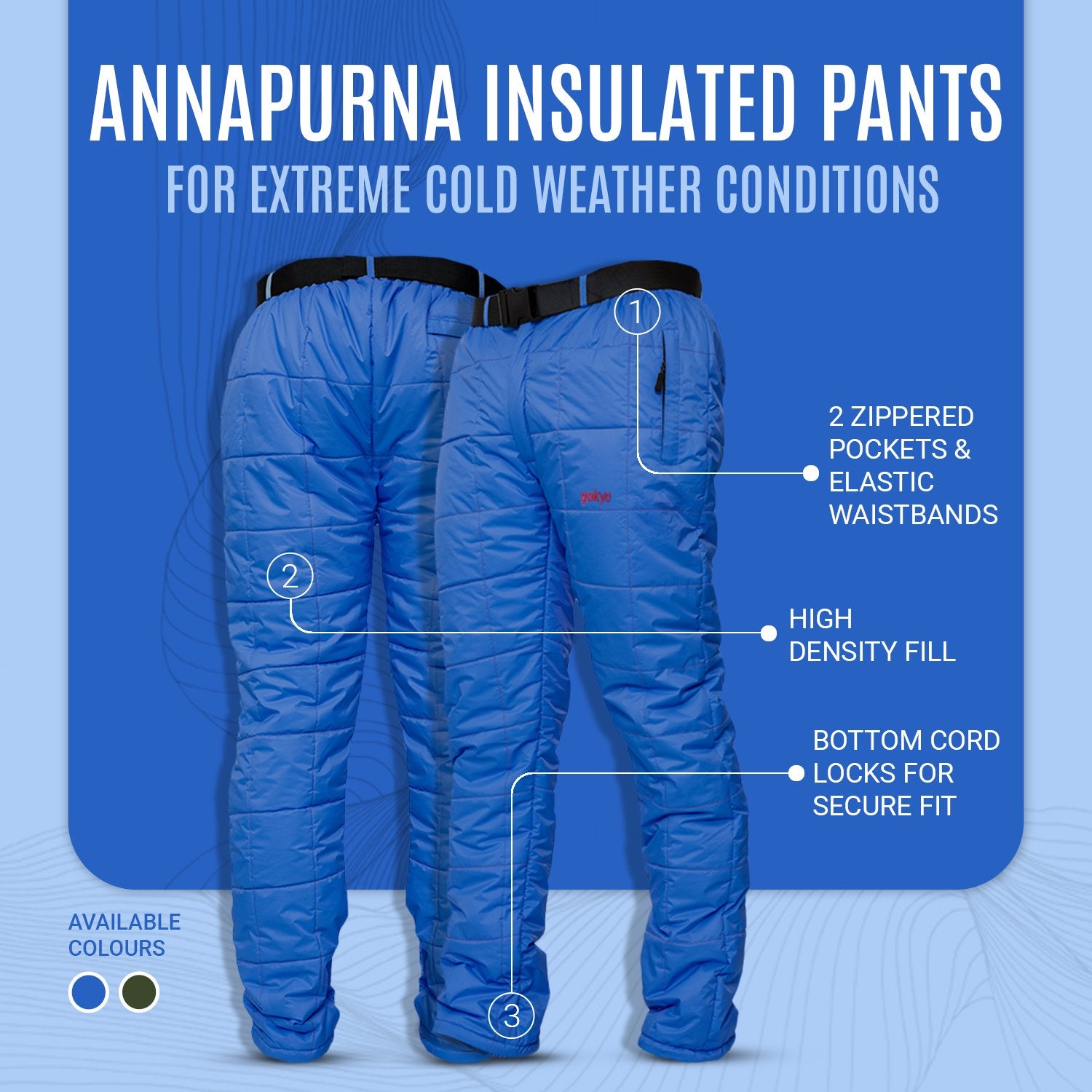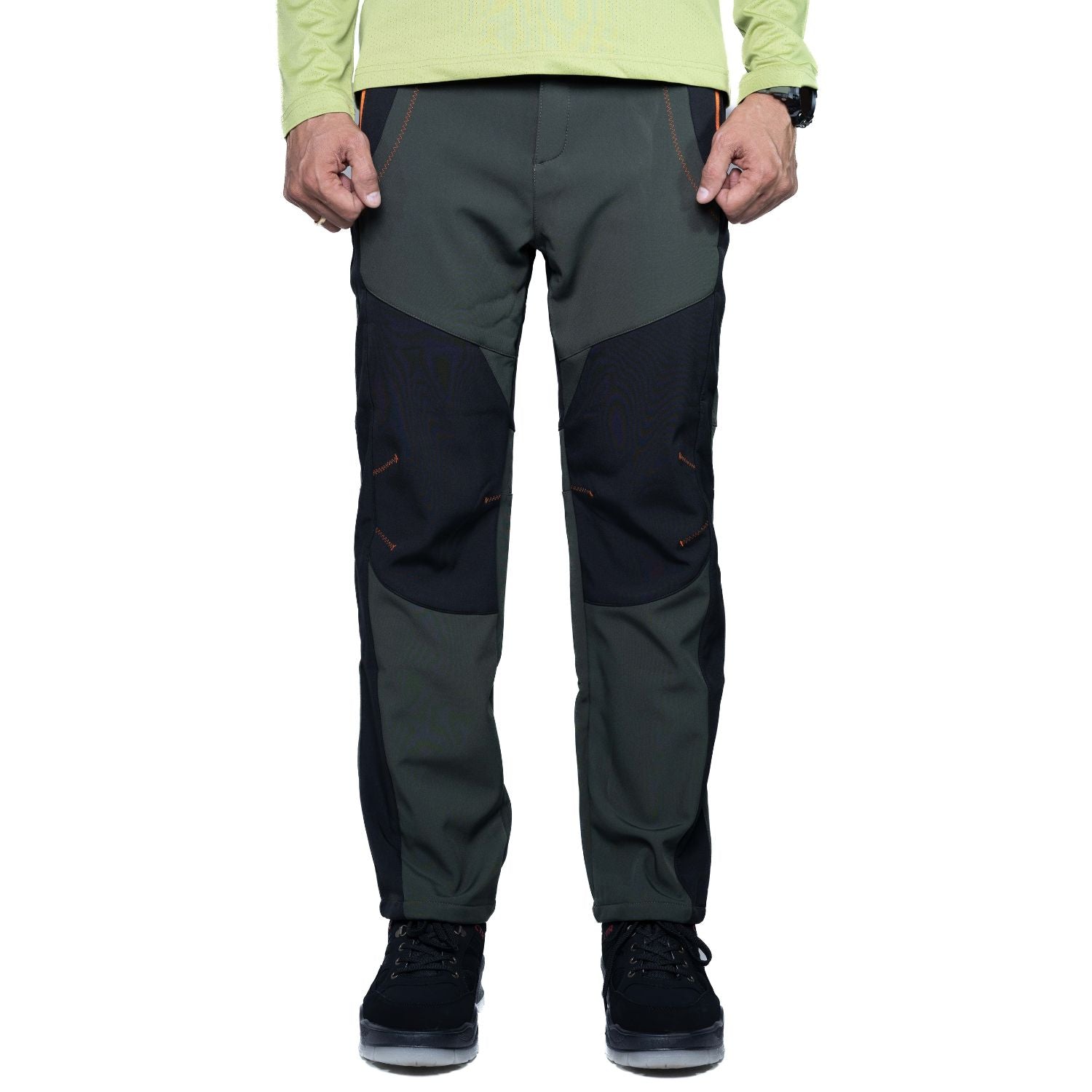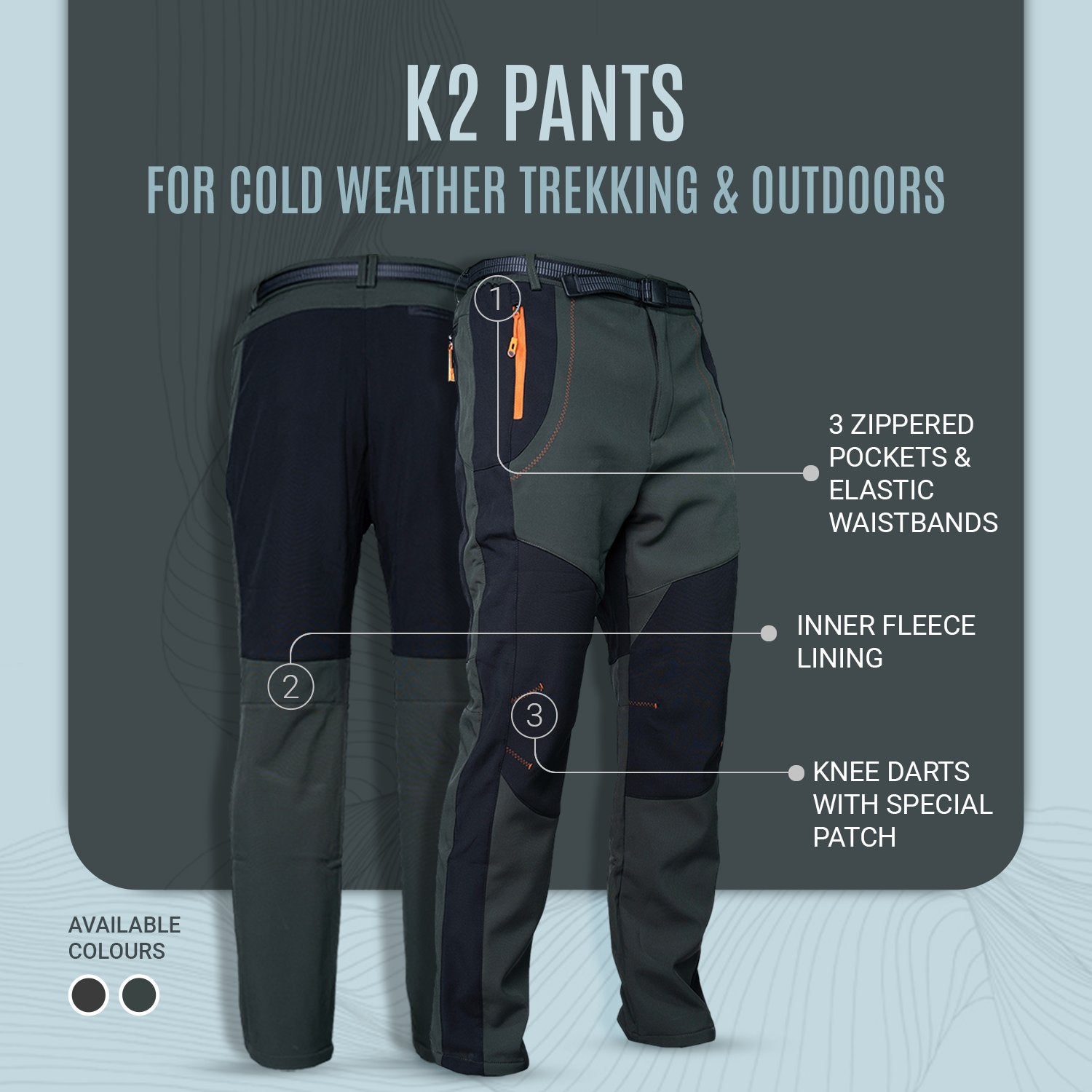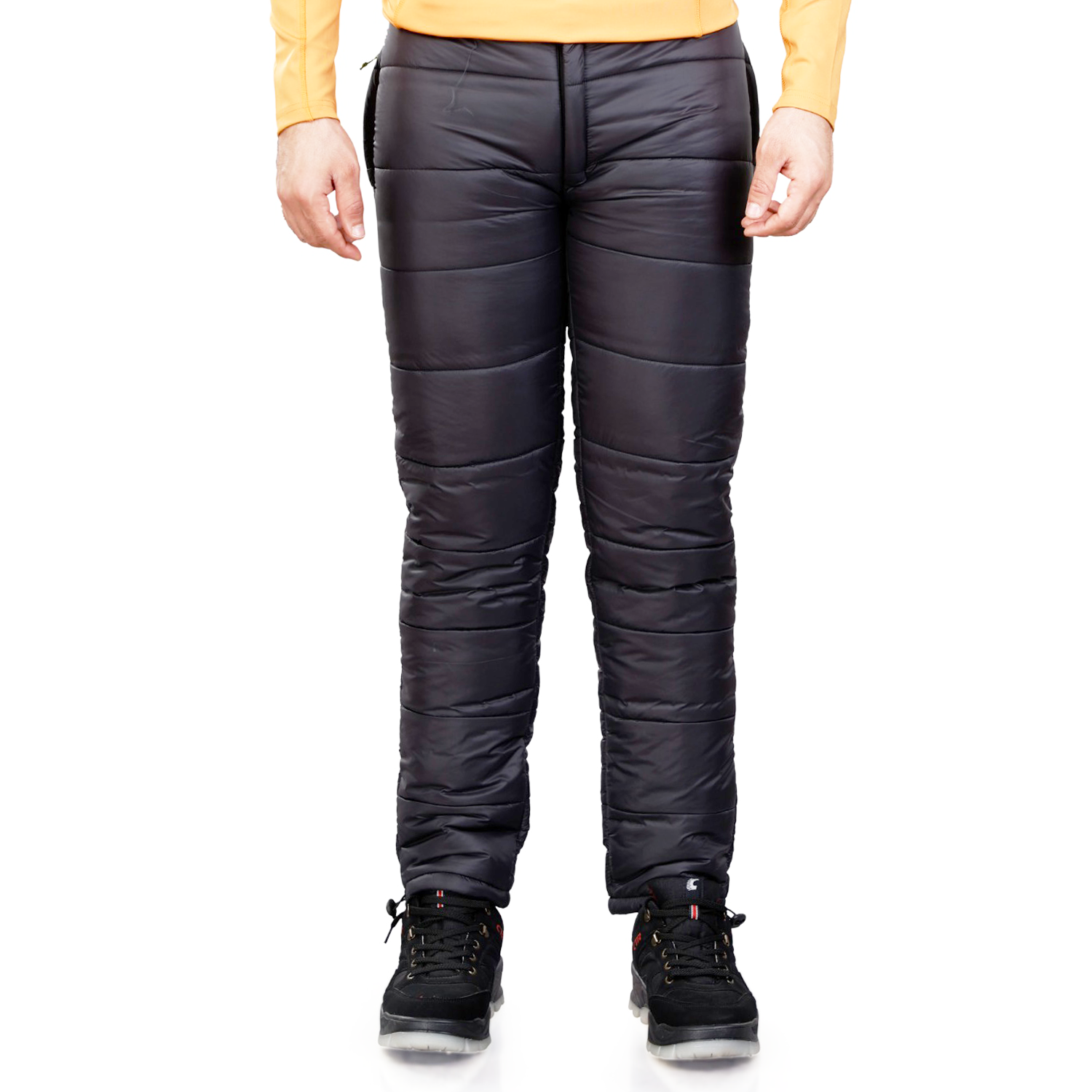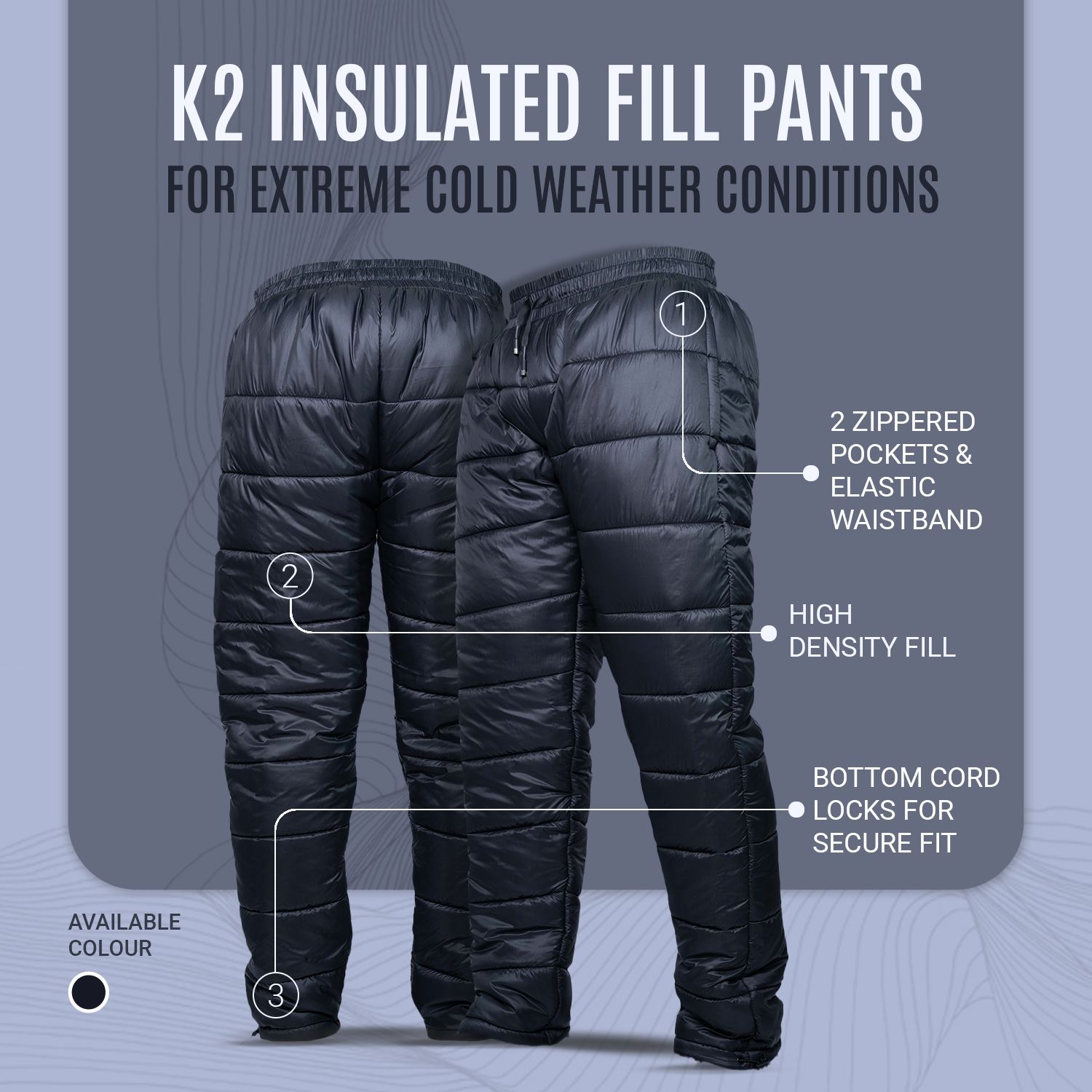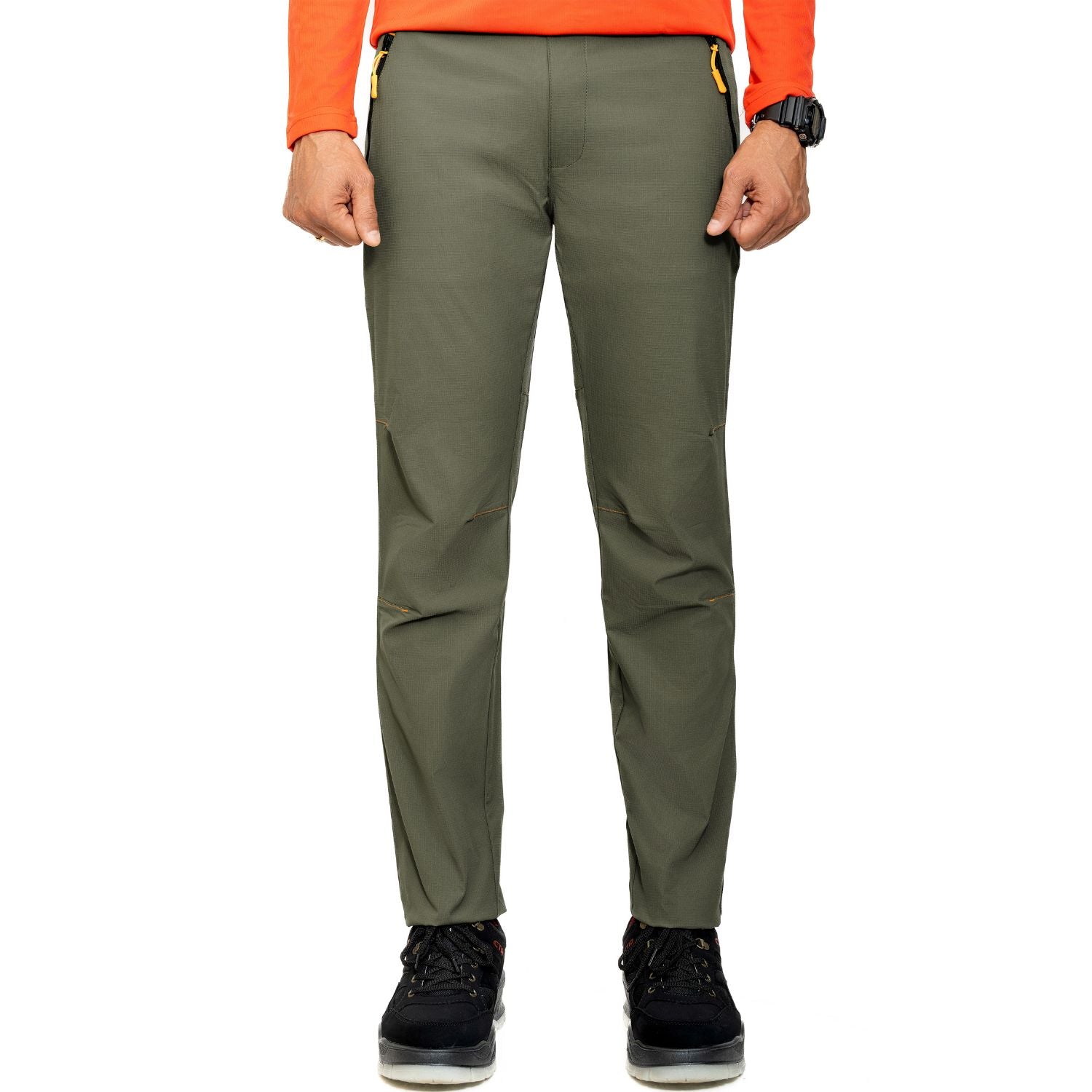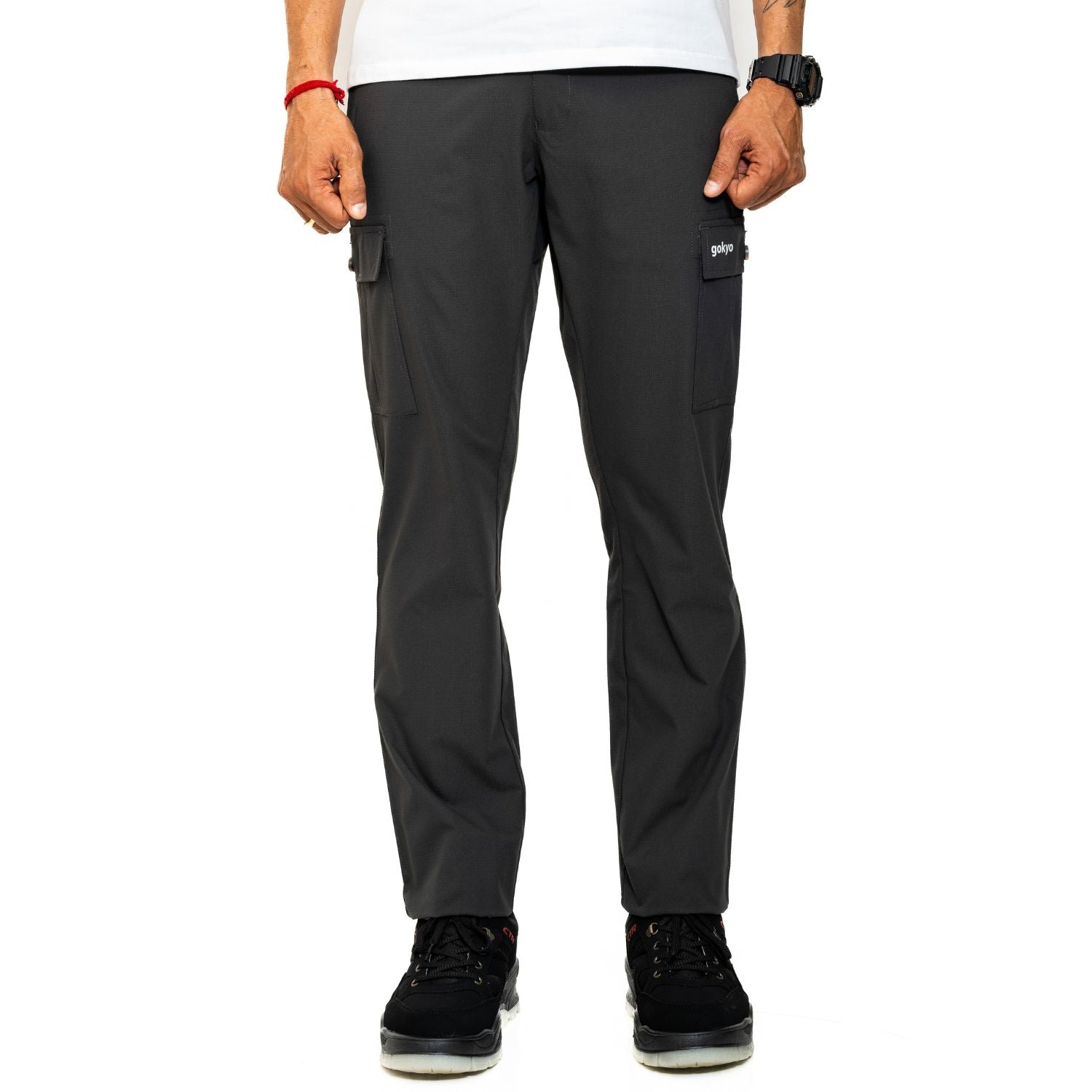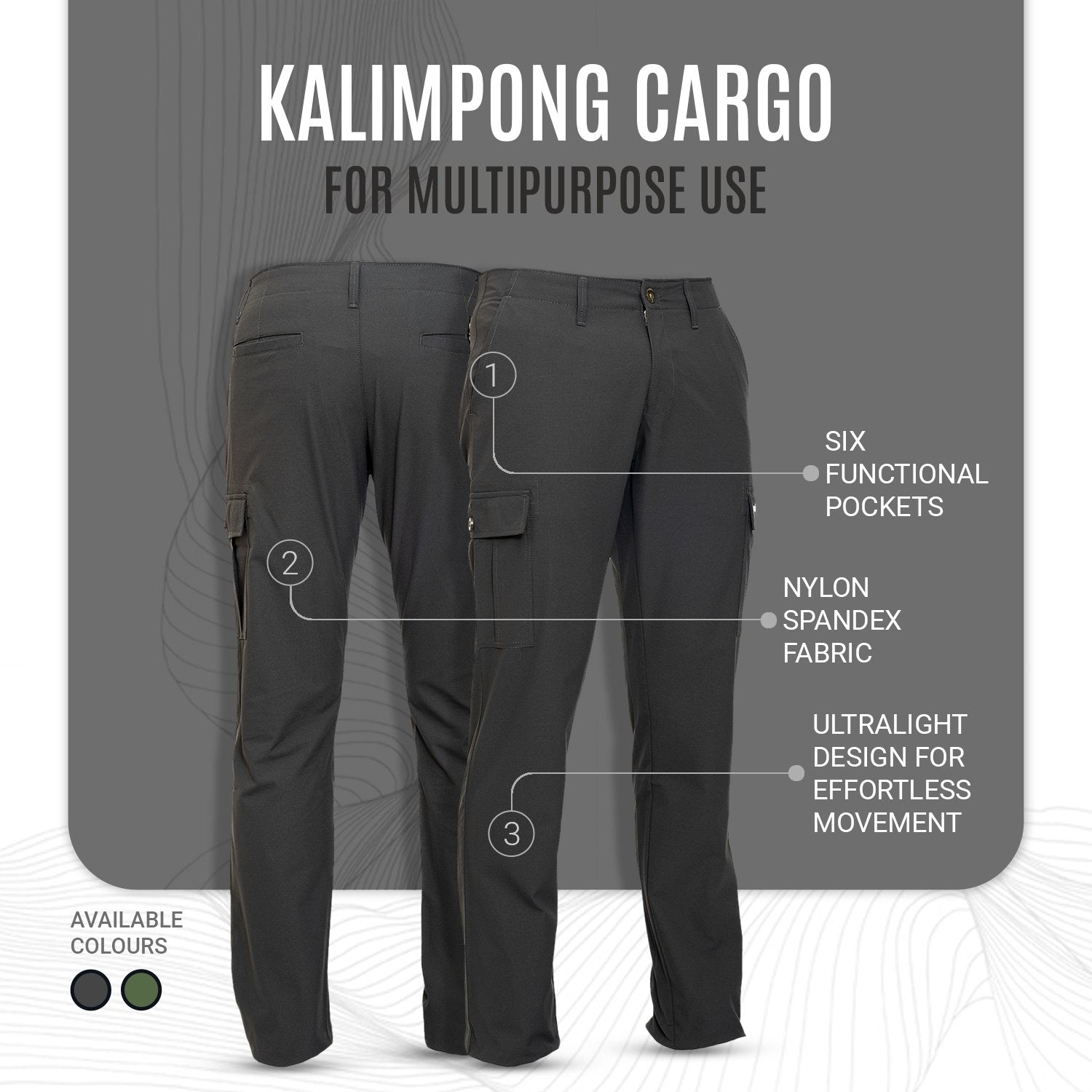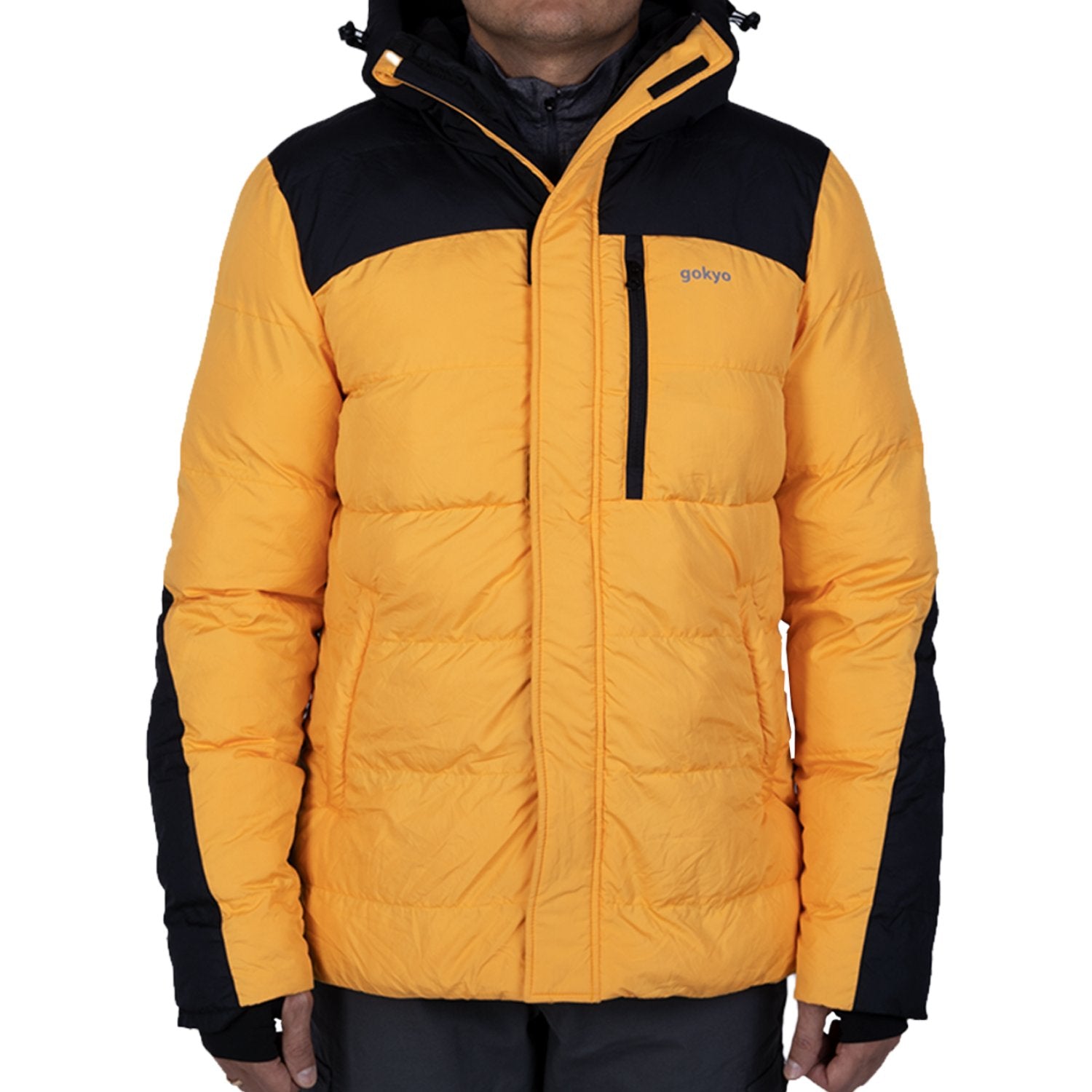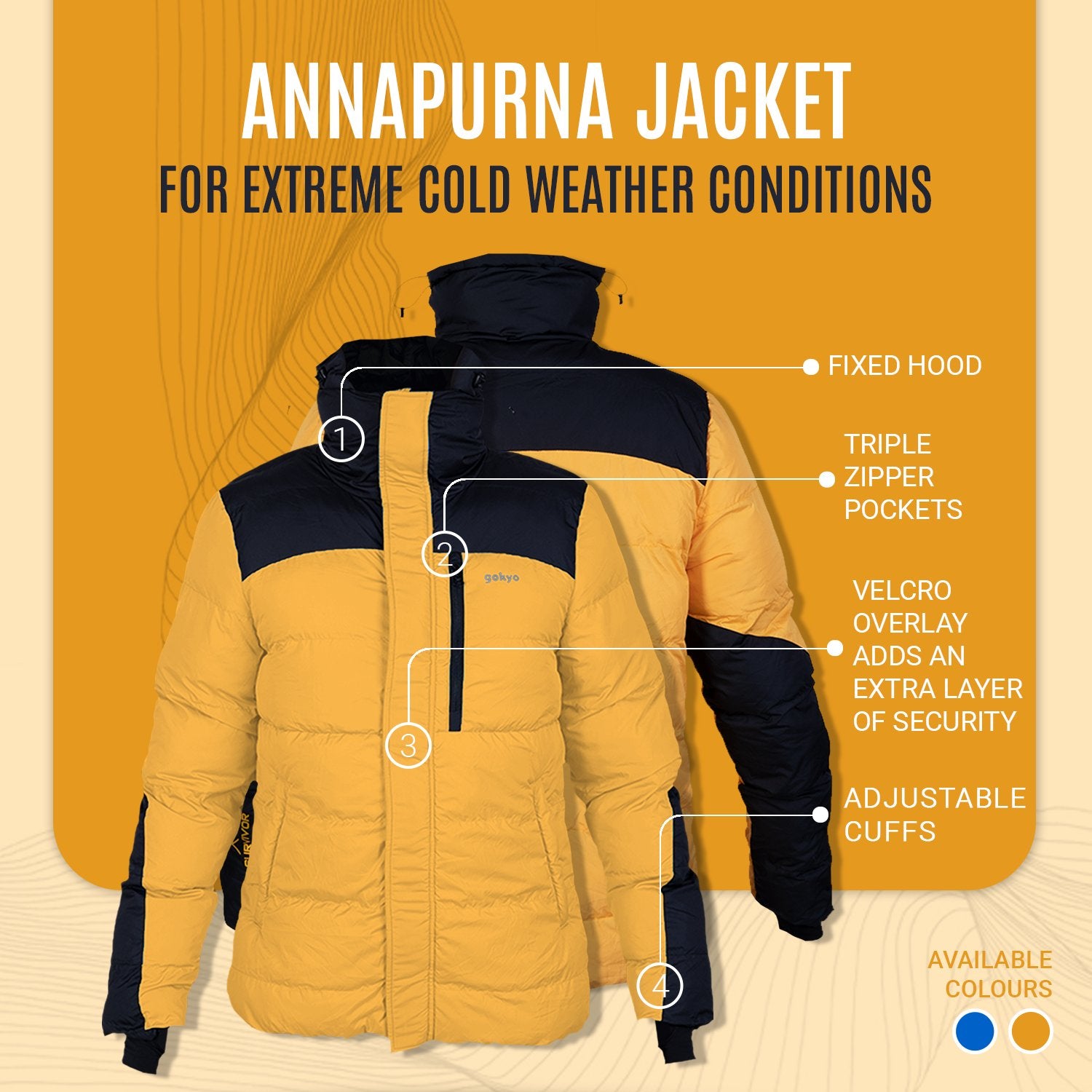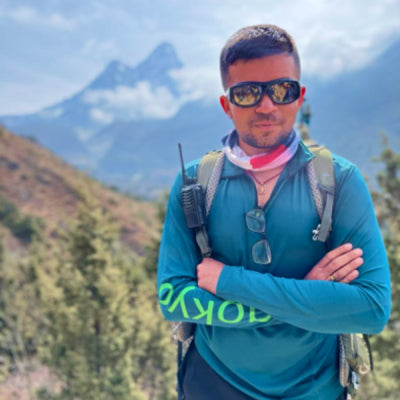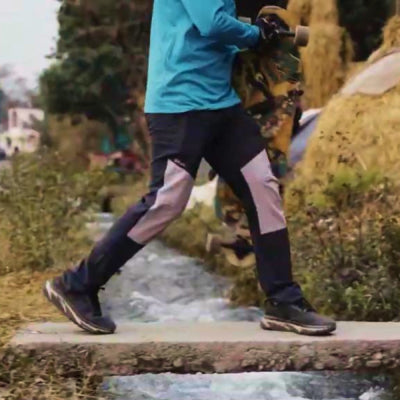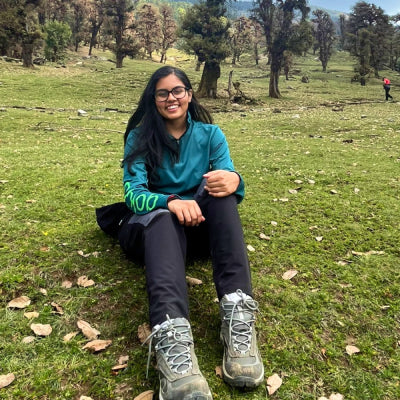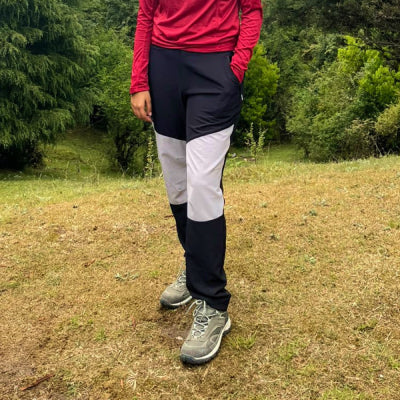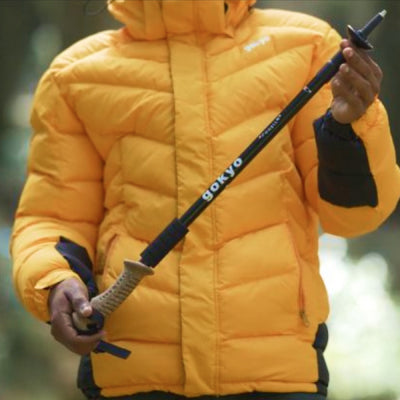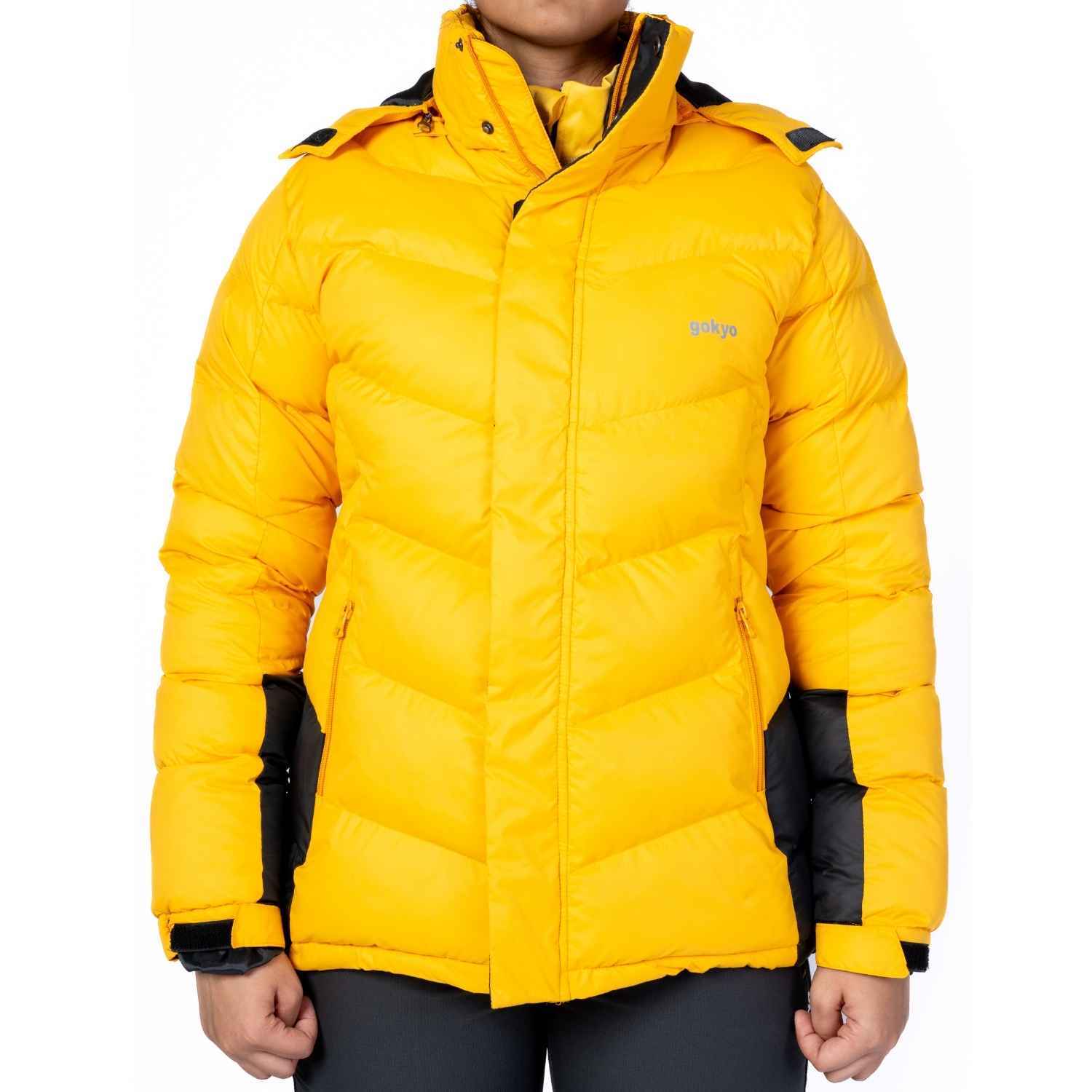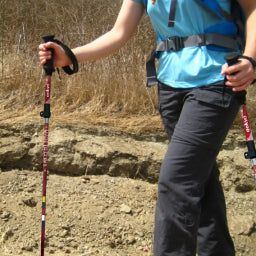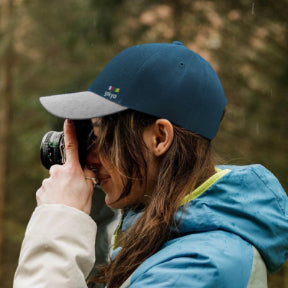5 Mistakes First-Time Monsoon Trekkers Make (And How to Avoid Them)
There’s a charm about monsoon treks that’s impossible to put into words. The lush greenery. The mist-kissed trails. The rhythmic drumming of raindrops on leaves. But if you’re stepping onto a trail for the first time during monsoon, know this: it’s not all poetry.
From soggy socks to slipping down mossy slopes, the monsoon trail is a true test of your trekking prep. At Gokyo Outdoor Clothing & Gear, we’ve met countless trekkers who came back soaked, shivering, and swearing they’d “never do that again.” The mistake? Not the trek, the packing.
Here are the 5 most common rookie mistakes monsoon trekkers make, and how you can sidestep them like a pro.
Mistake #1: Underestimating the Power of the Right Trekking Shoes
Slippery stones, wet mud, leeches hiding in puddles, this is no place for sneakers.
The Fix:
Invest in genuine trekking shoes with a strong grip and waterproof build. Your everyday trainers won’t match Gokyo’s Monsoon Trekker series, for example, which comes with anti-slip soles and ankle support, designed for wet terrain, not gym floors.
Pro Tip:
Break them in before the trek. Don’t let blisters be your trail companions.
Best Trekking Shoes for Every Trail
Mistake #2: Wearing Cotton or Casual Clothes
We’ve seen trekkers show up in denim jeans and cotton tees. Let’s just say it ends with a lot of chafing, cold, and regret.
The Fix:
Go for quick-dry fabrics and layer smart. Gokyo’s cargo shorts, travel pants, and feather-light jackets are monsoon-approved; they dry fast, resist muck, and keep you warm even when it gets misty.
Pro Tip:
Layer up. A moisture-wicking base layer + a light waterproof outer = perfect monsoon comfort.
Mistake #3: No Rain Poncho, No Peace
Umbrellas? Useless. Regular raincoats? Too short. Ponchos? Lifesavers.
The Fix:
A rain poncho (yes, even for men) that covers your body and your trekking bag is essential. Gokyo’s all-weather rain ponchos come with hoods and extended flaps so you and your gear stay dry.
Pro Tip:
Always check for side buttons and a drawstring hood; flapping ponchos aren’t fun in high wind.
Packable Rain Ponchos for Unexpected Showers
Mistake #4: Packing Like You’re Going on a Vacation
Too much stuff = bad back + lost patience. Too little = panic when it rains.
The Fix:
Strike a balance. Your trekking bags or travel bags should be waterproof, compact, and well-compartmentalized. Gokyo’s 30L and 50L backpacks have inbuilt rain covers, gear hooks, and water-resistant zippers, all designed by real trekkers.
Pro Tip:
Pack light, but smart. Always include a dry set of clothes in a zip-lock, even on short treks.
Explore Our Top Trekking Backpacks for Every Adventure
Mistake #5: Ignoring Hydration Because “It’s Cold and Wet Anyway”
Just because it’s raining doesn’t mean you don’t need water. Monsoon treks can dehydrate you faster than you’d expect.
The Fix:
Carry a sturdy, leak-proof water bottle that’s easy to access. Avoid steel bottles that rattle or glass ones that break. Gokyo’s BPA-free water bottles are trek-tested for grip and spout-flow, so you won’t be fumbling mid-hike.
Pro Tip:
Add a few oral rehydration salts or electrolyte tabs for longer treks. Hydration isn’t a maybe; it’s a must.
Stay Hydrated with Lightweight Trekking Bottles
Frequently Asked Questions (FAQs) : Because You’re Probably Wondering…
1. Can I wear regular sports shoes for a monsoon trek?
Technically, yes. But expect soaked feet, slips, and blisters. It’s best to wear proper trekking shoes with grip and water resistance.
2. What if I forget to pack a rain poncho?
Big mistake. Either borrow one or buy one at the base village. Getting drenched not only ruins your gear but also makes you prone to hypothermia.
3. Is it okay to wear cargo shorts for monsoon treks?
Only if they’re quick-dry and have proper pockets. Gokyo’s cargo range is monsoon-approved and comfortable for short hikes. For longer treks, we recommend full-length pants.
4. How much water should I carry?
1.5 to 2 liters minimum. Use lightweight water bottles that don’t leak. Hydration packs also work well if you're trekking for long hours.
5. Are trekking bags waterproof by default?
Not all. Gokyo’s trekking bags and travel bags include rain covers and water-resistant linings, but it’s always good to double-protect with inner plastic layering.
6. What’s the biggest rookie mistake people make?
Underestimating the weather. Rain and wind change quickly in the Sahyadris. Be prepared, not just hopeful.
7. Can I carry a camera or phone safely?
Yes, but in waterproof pouches. Gokyo bags have internal compartments with padding for electronics. Keep them zip-locked just in case.
Final Thought: Monsoon Treks Are Worth It—When You’re Ready
A well-prepared trekker is a happy trekker. Monsoon treks can be magical — gushing waterfalls, green canopies, the smell of wet earth. But one wrong turn in your packing, and it can become a soggy, muddy struggle.
So skip the mistakes. Gear up with Gokyo Outdoor Clothing & Gear — where every product is made to face the monsoon, so you can enjoy it.
Ready for the rain?


